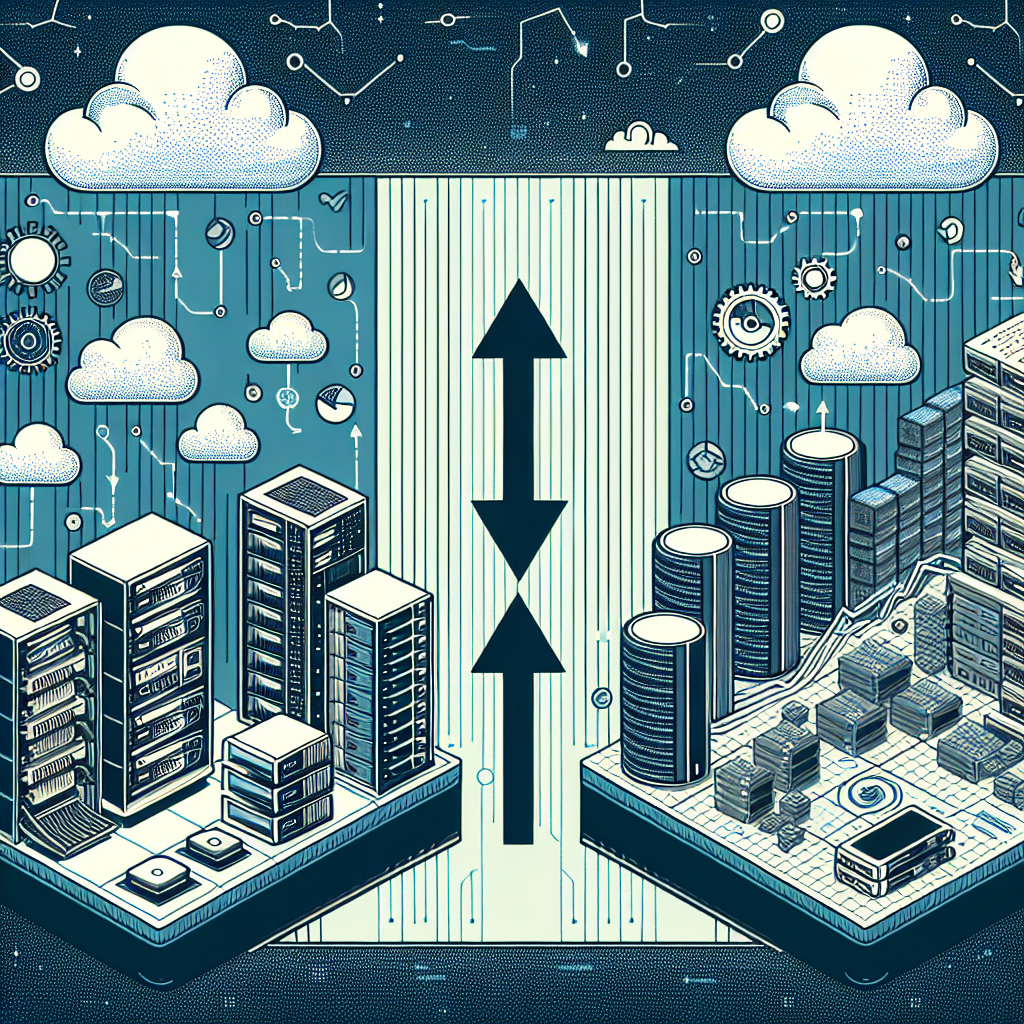Your cart is currently empty!
The Evolution of Data Center Disaster Recovery: From Backup Tapes to Cloud-Based Solutions

Data center disaster recovery has come a long way since the days of relying on backup tapes to restore critical data in the event of a catastrophe. Today, businesses are turning to cloud-based solutions for faster, more reliable, and cost-effective disaster recovery strategies.
The evolution of data center disaster recovery can be traced back to the days when organizations would regularly back up their data onto tapes and store them offsite. While this method was effective in protecting data, it was time-consuming and required manual intervention to restore data in the event of a disaster.
As technology advanced, businesses began to explore more efficient and automated disaster recovery solutions. This led to the development of disk-based backup solutions, which allowed for faster data backup and recovery times. However, these solutions still required physical storage and were limited in scalability.
The rise of virtualization technology in data centers paved the way for more flexible disaster recovery solutions. Virtualized environments allowed for quicker recovery times and increased flexibility in deploying disaster recovery solutions. Businesses could now replicate their data and applications to a secondary site for failover in the event of a disaster.
However, the cost and complexity of managing a secondary data center for disaster recovery purposes led many organizations to look for more cost-effective solutions. This is where cloud-based disaster recovery solutions come into play.
Cloud-based disaster recovery solutions offer businesses a cost-effective and scalable way to protect their critical data and applications. By storing data in the cloud, businesses can easily replicate and restore their data in the event of a disaster, without the need for physical storage or infrastructure.
In addition, cloud-based disaster recovery solutions offer businesses the flexibility to tailor their recovery plans to meet their specific needs. Businesses can choose to replicate their data and applications to a secondary site, a public cloud provider, or a hybrid cloud environment, depending on their requirements.
Furthermore, cloud-based disaster recovery solutions offer businesses the ability to automate the recovery process, reducing the time and effort required to restore critical data and applications. This ensures that businesses can quickly get back up and running after a disaster, minimizing downtime and potential revenue loss.
Overall, the evolution of data center disaster recovery from backup tapes to cloud-based solutions has transformed the way businesses protect their critical data and applications. With faster recovery times, increased flexibility, and cost-effective solutions, cloud-based disaster recovery is becoming the preferred choice for businesses looking to ensure business continuity in the face of a catastrophe.

Leave a Reply